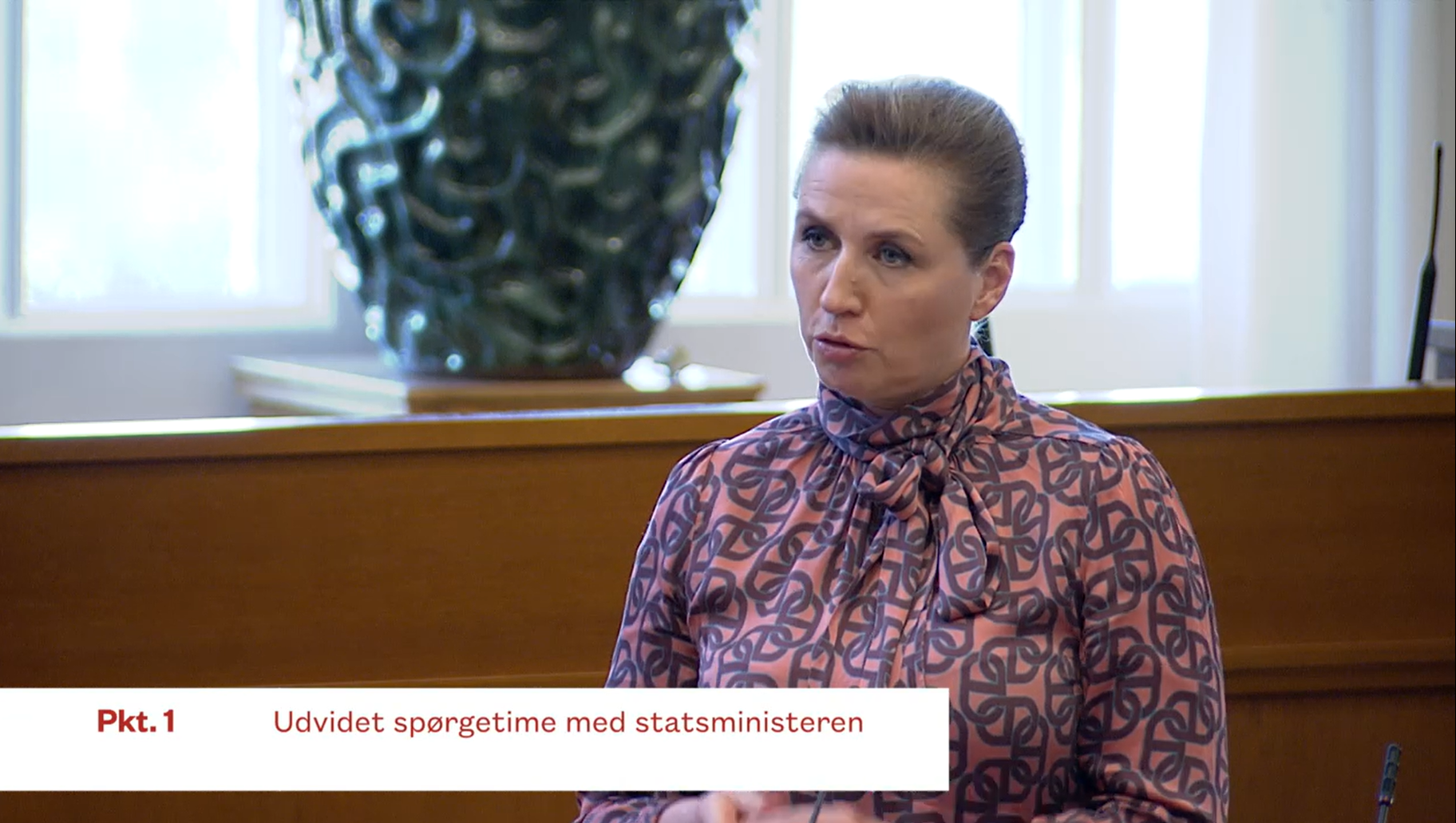Danes have been called some variation of the moniker ‘the happiest people in the world’ so many times that it has become cliche, a bit of a long running joke. Just last month, in an OECD publication entitled ‘How’s Life?’, Denmark finished top out of 40 countries in terms of life satisfaction.
But while a visit to Kongens Have on a warm and sunny July day might make it is easy to understand how Danes can be such a happy lot, outsiders may be hard-pressed to explain this distinction during the dark, cold days of winter. How can people be so happy and satisfied when they go months barely seeing the sun?
The answer, of course, is murkier than all of those ‘happiest people on Earth’ studies suggest.
According to the mental health group PsykiatriFonden, 200,000 Danes currently suffer from depression and roughly 15 percent of the population – one in every seven – will suffer from a form of depression at some point in their lives.
For many people, the dark and dreary conditions of this time of year can lead to winter depression, or seasonal affective disorder (SAD). In a widely cited 1998 study, it was found that over 12 percent of Danes indicated a presence of SAD.
According to the US National Library of Medicine, SAD is defined as ‘episodes of depression that occur at a certain time of the year, usually during winter’. The risk of SAD is greater in locations like Denmark that have long winter nights. Its symptoms include social withdrawal, a lack of energy, increased sleepiness, and feelings of unhappiness or hopelessness.
Martin Morsing, a Vesterbro-based psychologist, said that he sees seasonal affective disorder in five to ten percent of his clients, mostly women.
“In Danish, we call it ‘vinterdepression’ [winter depression], but actually I prefer the English term ‘winter blues’, because the word ‘depression’ carries with it a number of associations which, from a psychological viewpoint, could be misleading,” Morsing said. “It is important to distinguish between a clinical depression and the winter blues. Although the symptoms are similar, they are two very distinct states of mind. To complicate things, the winter blues can easily become a depression if it is not treated.”
The condition can particularly affect the elderly. “They’re less likely to leave their homes due to their increased immobility,” said Sarika Staflund, a Swedish occupational health therapist based in Copenhagen. “They’re frightened they’ll slip in the wintry conditions, so they don’t go out and spend all their time inside, getting even more depressed as a result.”
At its most extreme, depression can lead to suicide. Statistics from the Odense-based Centre for Suicide Research (CSR) show that suicides and suicide attempts peak at two points during the year: October/November, when the days begin to shorten, and April/May, when the days get longer again.
“Studies have pointed towards daylight hours or changes in the day’s length as the most significant explanation for seasonal variations in suicidal behaviour,” wrote Børge Jensen, CSR’s statistician, in a 2003 report. “As the changes in the daylight hours and temperature are the highest in the autumn and spring, the number of suicides and suicide attempts peaks [during these times].”
According to Jensen, it is a common myth that most suicides occur during December. But although the most suicides actually occur in the spring, the long, dark days of winter may be the culprit for that as well.
“People with a severe winter depression, or seasonal affective disorder, lack the initiative to act while they are suffering from the depression, and first get it when they are on their way out of the depressive period in spring,” Jensen told The Copenhagen Post.
Beyond the time of year, the particular weather conditions are also a factor in suicides.
“During autumn and winter, there are more suicides when it is foggy, humid, and rainy, but fewer when there is true winter weather (cold, clear weather with snowfall)”, Jensen wrote.
With the past few weeks providing dark and foggy conditions, what can be done to stave off the winter blues?
Ask a Dane how to make it through the winter, and the odds are the answer will include two words: ‘hygge’ and ‘candles’. The theory seems to be that if one lights enough candles, has enough low-hanging lamps and regularly meets with friends over coffee or drinks, seasonal affective disorder can be avoided. Danes, after all, consume more candles per capita than any other people in the world. But does that work? The professionals think so.
“Definitely that’s a way to survive the hard winter,” Morsing said. “Cuddle up together and have some candlelight to make it more hyggeligt.”
For those suffering from SAD, Morsing recommends they practice light therapy, where special lamps with bright fluorescent lights are used to simulate the light from the sun. Spending 20-30 minutes a day under the lamp can improve the depressive symptoms. Although, Morsing said, nothing replaces the real thing.
“Be active, do sports, and get out in direct sunlight,” Morsing advised. “That is, during those few hours when the sun is out.”













